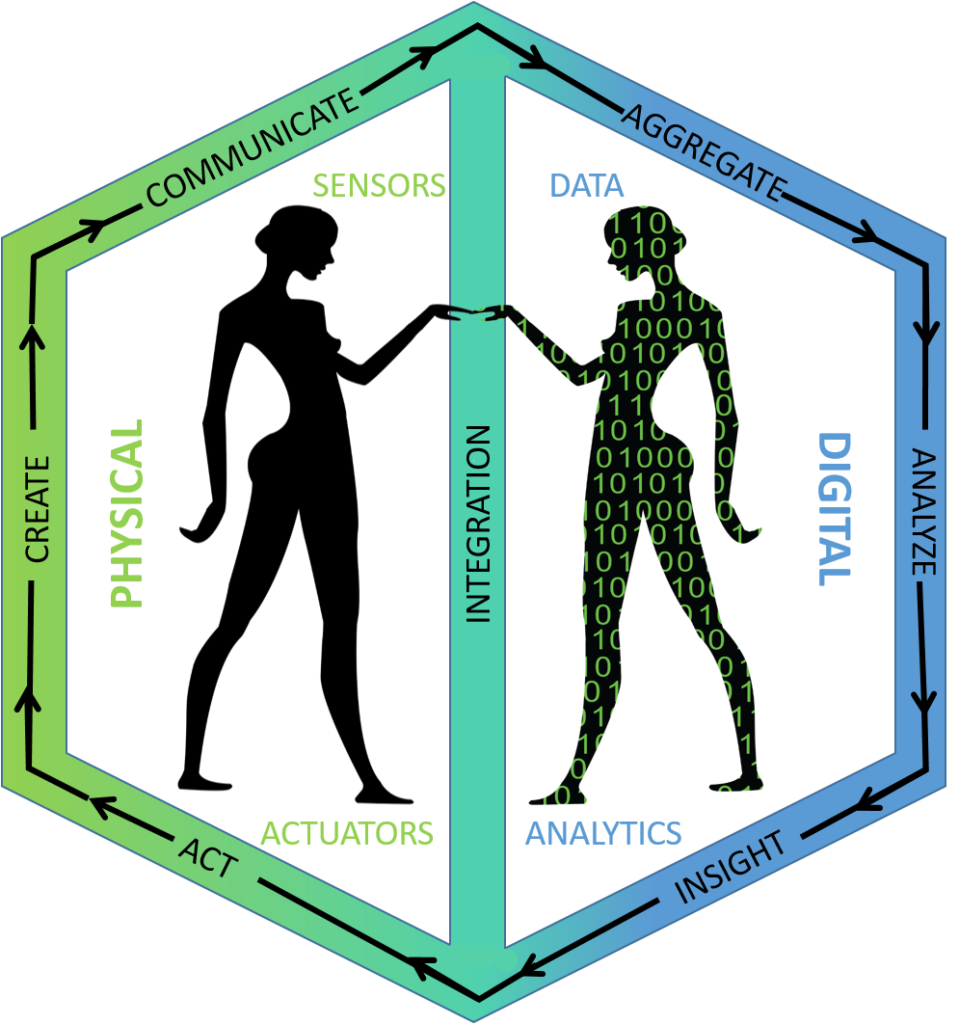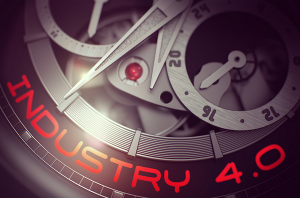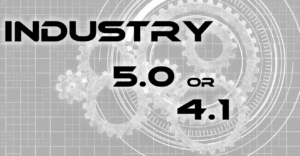The American stage director Scott Ellis once quipped, “After raising twins, you get organized.” Manufacturing executives are beginning appreciate that bit of wisdom and are increasingly turning to digital twins to improve their operations. Jeff Hojlo (@jeffhojlo), program director, Product Innovation Strategies at IDC, predicts, “By the end of 2020, 65% of manufacturers will be using simulation and digital twins to operate products and/or assets, reducing the cost of quality defects and service delivery by up to 25%.”[1] What is a digital twin? Hailey Lynne McKeefry (@HaileyMcK) explains, “In today’s parlance, the term digital twin refers to the use of visualization and simulation in manufacturing to represent visually the current state of the product, including performance and quality issues, customer complaints, and product usage. [An IDC report notes,] ‘Digital twins, or virtual representations, can be used for ideation and early-stage design of products and assets; for development of those product/asset models among design, R&D, and engineering; and, ultimately, for operations of digital twins by engineering and service working in concert.’ This concept also will impact the way manufacturers do business.”[2]
Creating a Digital Twin
Whenever the modifier “digital” is used, the implicit understanding is that data is somehow involved in whatever subject is being addressed. Analysts from Deloitte note, “Data has long played a central role in manufacturing, but today the growing influence of the internet of things is forging a closer connection than ever between the industry’s digital and physical worlds. Thanks to continuous streams of real-time data, it’s now possible to create a digital twin of virtually any product or process, enabling manufacturers to detect physical issues sooner, predict outcomes more accurately, and build better products.”[3] Like a human twin, a digital twin has a unique connection with its sibling. Pavan Nanjundaiah, a senior manager at Tredence, explains, “Digital twin is a connection between the physical and virtual worlds. Digital twin integrates big data, artificial intelligence (AI), machine learning (ML) and IoT with data to create living digital simulation models that update and change as their physical counterpart changes. Like an avatar of the actual product.”[4] Deloitte analysts discuss how data is used by a digital twin:
“While its output is a physical object, manufacturing inevitably begins with data during the design phase. That data is communicated to machines that execute designs—the point of transition between the digital and physical worlds. Increasingly, additional data is captured during manufacturing and eventual use of the final product. This data, in turn, can be extremely valuable for informing future designs and modifications, creating a virtuous cycle of innovation and improvement. Put all those pieces together, and it’s clear that a digital “thread’ of data now flows continuously. Aggregated and integrated in real time, it can be used to stitch together the physical and digital worlds, creating a virtual replica of a product or process that can reveal significant new insight. This digital thread can enable the digital twin by providing the data it needs to function.”
Graphically, connections between the real and virtual worlds are depicted in the attached image. The Deloitte analysts suggest there are six steps manufacturers need to take when developing a digital twin. They are:
1. Imagine. “Think about which products or processes could benefit most from having a digital twin. Good candidates typically have two characteristics. First, they are valuable enough to justify the investment. And second, there are unexplained process- or product-related issues that could potentially unlock value for either customers or the enterprise.”
2. Identify. “After creating a shortlist of potential application scenarios, assess them for suitability for a pilot test, taking operational, business, and organizational factors into account. Good examples include products or components that have high variability in the manufacturing process — made-to-order or advanced configurations, for instance — and those that drive quality for a larger product. It can be a good idea to focus on areas with potential to scale across equipment, sites, or technologies.”
3. Pilot. “Consider moving quickly into a pilot program using iterative and Agile cycles to accelerate learning, manage risk proactively, and maximize return on initial investments. As soon as that initial value has been delivered, it’s crucial to communicate it to the larger enterprise.”
4. Industrialize. “Once success is shown in the field, companies can industrialize the digital twin development and deployment process by compiling insights and publishing them broadly. This step may include moving from a siloed implementation to integration into the enterprise, implementing a data lake, improving governance and data standards, and making organizational changes to support the digital twin.”
5. Scale. “Once successful, identify opportunities to scale the digital twin. Target adjacent or interconnected processes. Use lessons learned and tools, techniques, and playbooks developed during the pilot to scale expeditiously. Along the way, continue to communicate the value realized to the enterprise.”
6. Measure. “Identify the tangible benefits in cycle time, yield throughput, quality, utilization, incidents, and cost per item, for example. Make changes to digital twin processes iteratively and optimize the configuration.”
Benefits of a Digital Twin
Many discussions concerning the value of digital twins focus on heavy machinery components. Nanjundaiah explains, “These twins predict the business outcomes associated with remaining life of these components. Regular maintenance or replacements of spare parts can be scheduled based on the analyzed results. Furthermore, a problem that arises in one factory can be identified and controlled not only in that factory, but also implemented across all factories across the globe.” Seth Page suggests digital twins could prove especially useful even before a new factory is built. “Before factories even open,” he writes, “every machine involved in a particular process can be created as a Digital Twin. The computerized doppelgänger allows manufacturers in a range of industries to model and thus optimize their machines to enhance safety, efficiency and profit — overall, pushing equipment failures by the wayside. The Digital Twin is the test subject, so the other may excel.”[5]
Nanjundaiah suggests a few other ways digital twins may be used to the benefit of manufacturers. For example, in the automotive industry, “Digital twins can be used in the automobile sector for creating virtual models of a connected vehicle.” In the retail sector, “Retailers and CPG companies can create digital twins of consumers by combining detailed transaction data with insights from social media and usage data from IoT-enabled devices.” This is exactly what the Enterra Shopper Marketing and Consumer Insights Intelligence System™ was designed to do. Nanjundaiah also believes digital twins will prove useful in smart cities initiatives. She explains, “Some of the important services domains in a smart city are smart water, smart energy, smart home and waste management. Here, physical systems collect sensory information from the real world and send them to the digital twin computation modules. These modules process data and notify the physical systems on findings, sometimes sending control commands to make necessary changes in the physical world.”
Summary
Page concludes, “While Digital Twins are a relatively new concept they’re already taking some of the largest manufacturers by storm, enabling them to not only predict equipment failures, but build more optimal machines in the first place.” Deloitte analysts add, “As manufacturing processes become increasingly digital, technological capabilities improve, and costs continue to fall, companies may be able to start their digital twin journeys with lower capital investment and shorter time-to-value than ever before. The reward may be new business value that was nearly inconceivable just a few years ago.”
Footnotes
[1] Hailey Lynne McKeefry, “10 Trends Shaping Manufacturing in the Next Five Years,” EBN, 11 January 2018.
[2] Ibid.
[3] Adam Mussomeli, Aaron Parrott and Lane Warshaw, “Meet Manufacturing’s Digital Twin,” The Wall Street Journal, 9 August 2017.
[4] Pavan Nanjundaiah, “How ‘digital twins’ will revolutionize product software development,” Information Management, 28 March 2018.
[5] Seth Page, “Here’s how Digital Twins could stem equipment failure,” Supply Chain Dive, 18 April 18.





